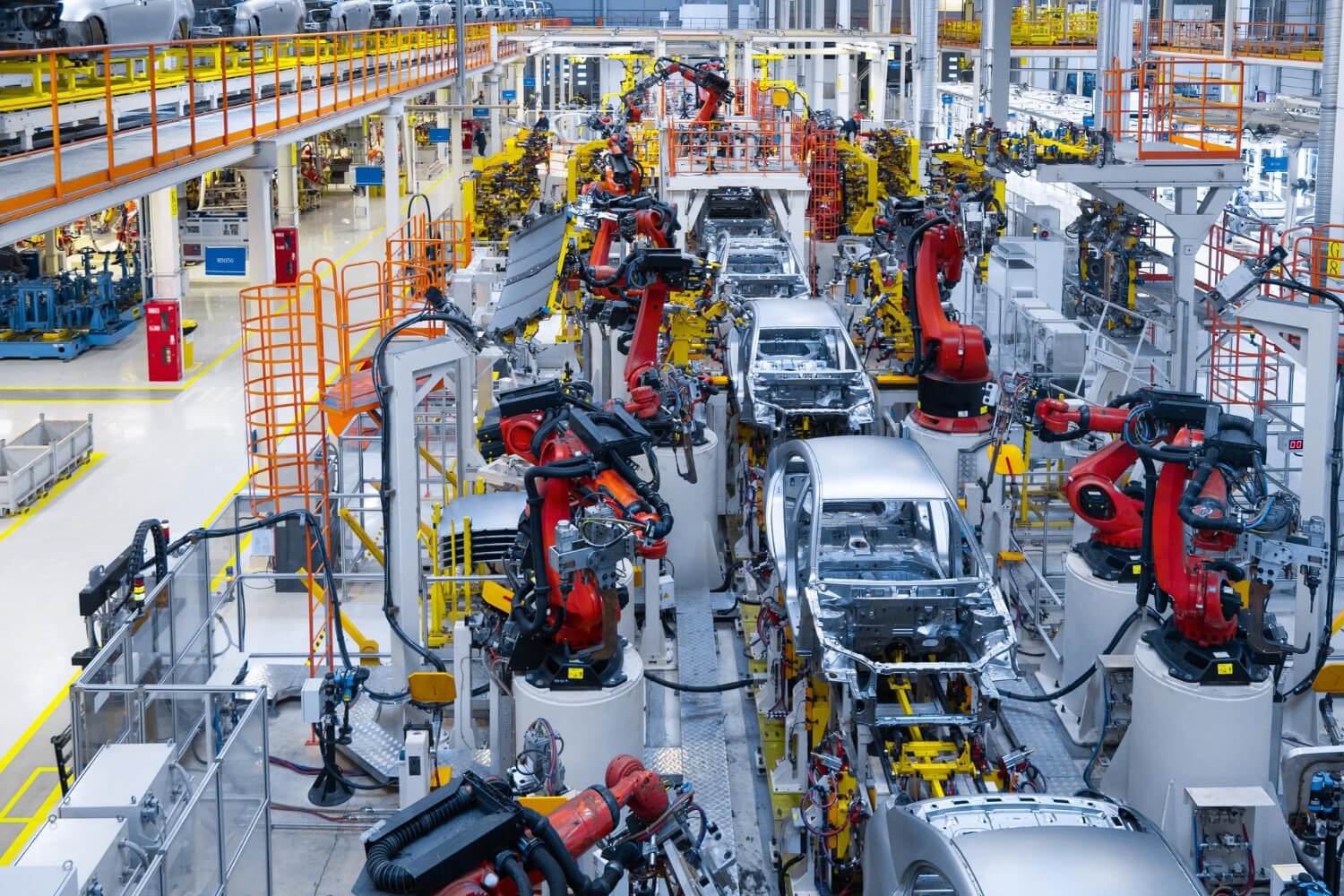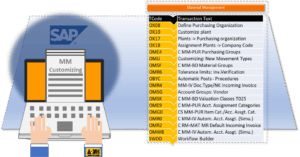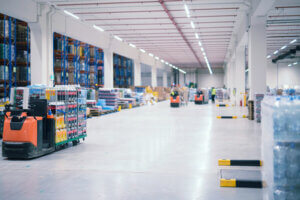The cost of goods manufactured (COGM) includes direct materials, direct labor, and manufacturing overhead. For example:
- Direct materials: Cost of raw materials used in production.
- Direct labor: Wages for workers directly involved in manufacturing.
- Manufacturing overhead: Indirect costs like utilities, depreciation, and factory maintenance.
COGM formula: Direct Materials + Direct Labor + Manufacturing Overhead = Total Manufacturing Costs.
Production overheads refer to indirect costs incurred during the manufacturing process that cannot be directly attributed to a specific product unit. These costs include expenses like factory rent, utilities, depreciation of machinery, and indirect labor. They are essential for production but aren’t directly tied to the creation of a single product, unlike direct costs such as raw materials and direct labor.
Indirect Materials:
- Consumables:
- Lubricants: Oils and greases used to keep machinery running smoothly.
- Cleaning Supplies: Detergents, solvents, and cleaning agents for maintaining equipment.
- Supplies:
- Safety Gear: Gloves, goggles, and other protective equipment.
- Minor Tools: Small tools and instruments necessary for production.
Indirect Labor:
- Supervisory Wages:
- Production Supervisors: Salaries for those overseeing the manufacturing process.
- Maintenance Crew:
- Mechanics: Wages for personnel handling machinery maintenance.
- Electricians: Wages for specialists maintaining electrical components.
- Quality Control Inspectors:
- Inspectors: Salaries for individuals ensuring product quality through inspections.
Utilities:
- Electricity:
- Power for Manufacturing Equipment: Costs associated with running machines.
- Water:
- Water for Cooling Systems: Usage in equipment cooling processes.
- Gas:
- Natural Gas for Heating: Used in processes requiring elevated temperatures.
Depreciation:
- Machinery Depreciation:
- CNC Machines: Allocating the cost of computer numerical control machines.
- Conveyors: Depreciating the cost of conveyor systems.
- Facility Depreciation:
- Building Structure: Allocating the cost of the manufacturing facility itself.
Insurance:
- Property Insurance:
- Coverage for fire, theft, or damage to the manufacturing facility.
- Liability Insurance:
- Protection against potential lawsuits related to the production process.
Taxes and Licenses:
- Property Taxes:
- Taxes imposed on the manufacturing facility’s assessed value.
- Manufacturing Licenses:
- Licensing fees for regulatory compliance.
Rent:
- Lease Payments:
- Monthly rent for the manufacturing space.
Maintenance and Repairs:
- Routine Maintenance:
- Regular check-ups and preventive maintenance to avoid breakdowns.
- Emergency Repairs:
- Costs associated with unscheduled repairs due to unexpected issues.
Quality Control:
- Testing Equipment:
- Calibration Tools: Equipment used to calibrate manufacturing instruments.
- Quality Assurance Staff:
- Salaries for personnel dedicated to maintaining and improving product standards.
Production Material Overhead
Production material overhead, often referred to as manufacturing overhead, includes indirect costs associated with the materials used in the production process that don’t directly become part of the finished goods. These costs are incurred to support the manufacturing environment and ensure the efficient production of goods. The production material overhead costs are loaded onto the finished goods as part of the total cost of production.
Consumables:
- Example: Coolants
- Explanation: Coolants are used in machining processes to regulate temperatures and prevent overheating of tools and equipment. While crucial for maintaining optimal working conditions, they are not part of the end product.
Supplies:
- Example: Protective Coatings
- Explanation: Coatings applied to machinery or tools for protection against corrosion or wear fall under material overhead. These coatings preserve equipment integrity but are not transferred to the final goods.
Tools and Instruments:
- Example: Cutting Tools
- Explanation: Precision cutting tools used in manufacturing processes are considered material overhead. They contribute to the shaping and forming of products but are not retained in the final items.
Cleaning Supplies:
- Example: Degreasers
- Explanation: Degreasers are used to remove oil and grease buildup on machinery, ensuring the efficiency of equipment. Though essential for maintenance, they do not become part of the finished goods.
Miscellaneous Materials:
- Example: Adhesives and Sealants
- Explanation: Adhesives and sealants used in the assembly or packaging of products are considered material overhead. While integral to the production process, they are not incorporated into the product itself.
Safety Materials:
- Example: Fire Extinguishing Agents
- Explanation: Fire extinguishing agents and safety materials are crucial for maintaining a secure manufacturing environment. These materials contribute to safety protocols but are not part of the final product.
Testing Materials:
- Example: Test Strips
- Explanation: Materials used for testing and quality control purposes, such as test strips for chemical analysis, fall under material overhead. They ensure product quality without being present in the end product.



